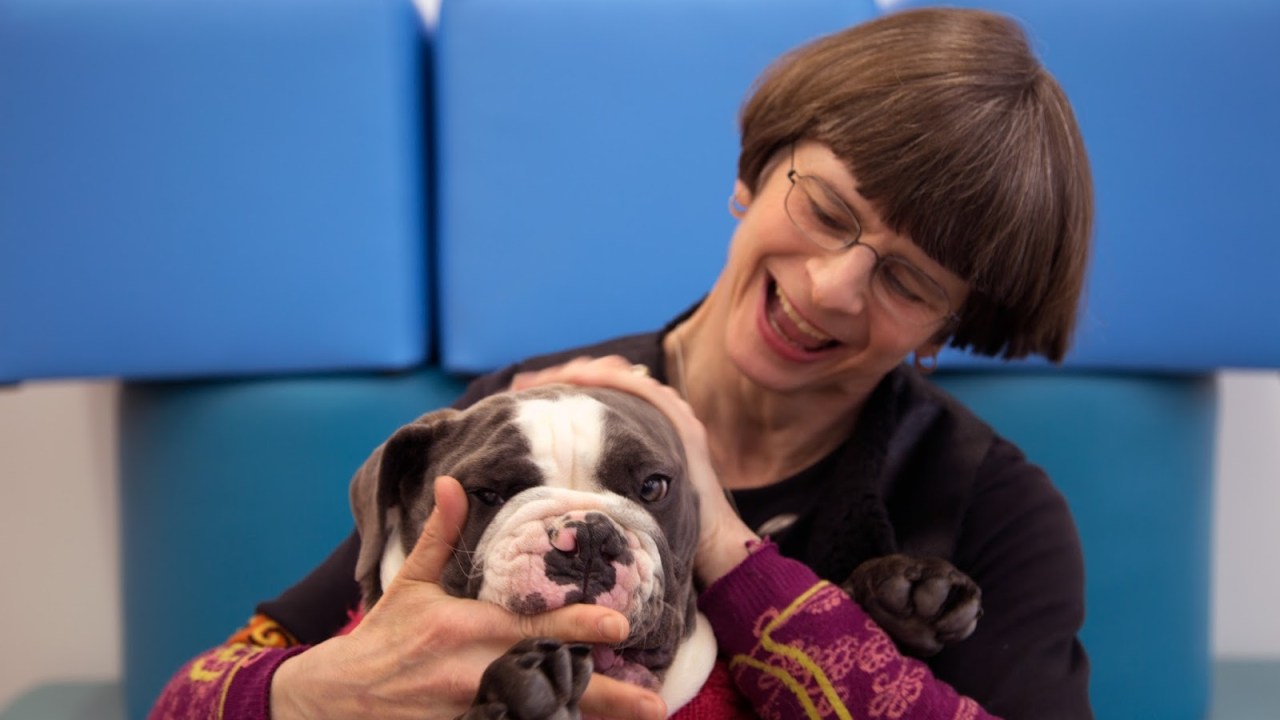I see TrendsWatch, CFM’s annual forecasting report, as a jumping off point for deeper explorations of each year’s themes. Every chapter is essentially a lure, hoping to attract the attention of people who know more about these topics than I do, and to bring diverse perspectives to bear. This week Michael Feldman offers some thoughts on the Happiness chapter in TrendsWatch 2016, which examines the rising popularity of non-financial metrics of success. Michael is an editorial team member at Createquity and serves their Research and Alliance-Building teams. If you aren’t already familiar with Createquity, I hope this post puts them on your radar—founded by “serial entrepreneur” Ian David Moss (who also works for Fractured Atlas), this nonprofit is devoted to making the arts ecosystem work better for artists and audiences. That means a lot of their research and content is spot-on for museums as well. You can follow them on Facebook and Twitter.
TrendsWatch seeks to identify the most important issues in the museum world. But what if the most impactful thing we could do is something that no one’s talking about? The challenge is how to prioritize our limited energies to make the most difference. Createquity, a virtual think tank and online publication, looks at these opportunities through the lens of our definition of a healthy arts ecosystem. Under this framework, we measure every opportunity by the “yardstick” of “improving people’s lives in concrete and meaningful ways.” But to understand what it actually means to improve someone’s life, Createquity has had to become familiar with the emerging, multidisciplinary scholarship around wellbeing. The TrendsWatch 2016 article on measuring happiness may spark a conversation about how museum practitioners construct their own yardsticks that will help define the future of the museums in society.
Last summer, Createquity published an in-depth article, Part of Your World, about how to value the arts in context with other ways of trying to make the world a better place. We feel that incorporating the perspective and terminology of wellbeing provides an opening for the field to participate in broader conversations about happy and healthy communities. This work is inspired in part by philosopher Martha Nussbaum’s perspective on wellbeing. She prioritizes arts and culture and believes that the clearest ties to them both is through the two principles of “Senses, Imagination, and Thought” and “Play.” The former includes “being able to use imagination and thought in connection with experiencing and producing works and events of one’s own choice, religious, literary, musical, and so forth,” and the latter refers to “being able to laugh, to play, to enjoy recreational activities.”
In the course of this investigation, we found several additional indices that could be useful for the museum field. One assessment that relies on self-reported perceptions of wellbeing – the Gallup-Healthways Wellbeing Index – was unveiled in 2008 and has a national and international version. The U.S. version measures life evaluation, physical health, emotional health, healthy behavior, work environment, and basic access via a 55-question survey distributed to 1,000 Americans per day. Its ultimate ambitions are to be “a daily measure determining the correlation between the places where people work and the communities in which they live, and how that and other factors impact their well-being.” Other examples of wellbeing and quality of life indicator systems include the Mercer Quality of Living Survey and two products from the Economist Intelligence Unit: the Global Liveability Survey and the Where-to-be-Born Index. The Gallup-Healthways, Mercer, and Global Liveability surveys rank quality of life in individual cities rather than entire nations. The local focus of these indices can enable museum professionals and stakeholders to speak to the “ability of museums to improve wellbeing in specific communities” with foundations and others, as suggested in recommendations at the conclusion of the TrendsWatch 2016 chapter on happiness.
While leading economists continue to work on metrics for wellbeing, replacing GDP with happiness measures appears to be a distant prospect for the U.S. federal government at the moment. There may be some interest in parts of the U.S. government in using other measures to illuminate areas of activity that fail to be captured fully by classic “dollars and cents” measures like GDP. According to Justin Fox, Daniel Kahneman had worked with the economist Alan Krueger (former Chair of President Obama’s Council of Economic Advisers) on creating “national time accounts,” notably in a 2004 paper. But, as Fox writes:
[T]here are limits…to how far the [the U.S. Government’s] Bureau of Economic Analysis (BEA) is willing to go. A 2010 paper by several BEA officials concluded that any GDP expansion should “focus on economic aspects of non-market and near-market activities…and not attempt to measure the welfare effect of such interactions.” Even then, they warned, “it is critical that such an expansion of the scope of the accounts not occur at the expense of funds needed to maintain, update, and improve the existing GDP accounts.”
We look forward to the continued insights and varied perspectives from the Center of the Future of Museums’ community. Indeed, at the end of our Part of Your World investigation, we pose unanswered questions on issues like how to account for present and future value of arts and cultural products. That question lands right in this community’s wheelhouse and we’d love to hear from you. And props for the nice photo shoot of Elizabeth testing the “other species” component of wellbeing under Martha Nussbaum’s capability approach. (See Nussbaum’s explanation of this list of “central human capabilities” in Part of Your World, op cit).
 |
| CFM Director Elizabeth Merritt testing the hypothesis that happiness is a warm puppy. Image Credit: Josh Morin with the American Alliance of Museums. |
Elizabeth Merritt











